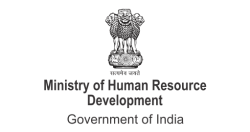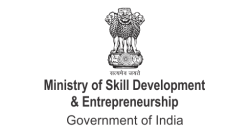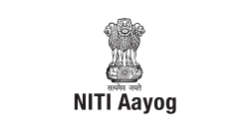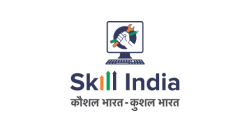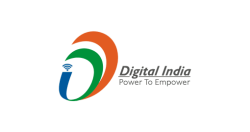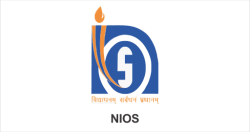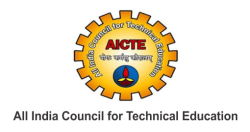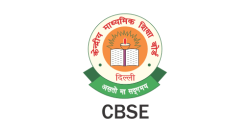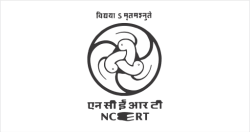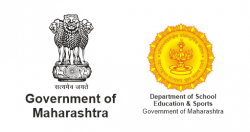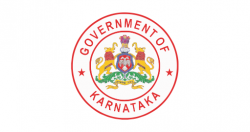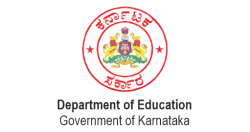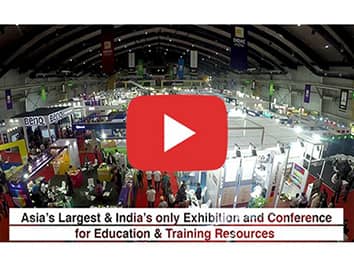India Fact File
Take a big leap into the world of limitless opportunities
- India is home to 17% of the world’s total population.
- It is accommodated in an area that is 2.4% of the world’s total geographical area.
- It is geographically well connected to all Asian countries.
- It is the third largest economy in terms of purchasing power parity.
- It has 1.6+ million schools and 39,000 higher education institutes and 1100+ Universities & Institutes of National Importance, making it the world’s largest market for Education and skilling Resources.
- As against 2,820 languages in the entire world, as many as 325 languages are effectively used in India alone.
- It is the world’s second largest English speaking country.
- It is the largest home for consumers of education services in the world.
- It has the second largest Higher Education system in the world in terms of enrollment of students in higher education institution.
School Level
The National Education Policy 2020 is based on four pillars which are Access, Equity, Quality, and Accountability. The policy is a 5+3+3+4 structure which comprises 12 years of school and 3 years of Anganwadi/ pre-school replacing old 10+2 structure.
The curricular and pedagogical structure and the curricular framework for school education is guided by a 5+3+3+4 design, consisting of the:
- Foundational Stage (in two parts, that is, 3 years of Anganwadi/pre-school + 2 years in primary school in Grades 1-2; both together covering ages 3-8),
- Preparatory Stage (Grades 3-5, covering ages 8-11),
- Middle Stage (Grades 6-8, covering ages 11-14), and
- Secondary Stage (Grades 9-12 in two phases, i.e., 9 and 10 in the first and 11 and 12 in the second, covering ages 14-18)
Higher Education Level
India has one of the largest higher education systems in the world, and has been witnessing healthy growth in its number of institutions and enrollment in the last few decades. Almost 6.75 million students seek admission in higher education every year in India. India has a private sector presence in education services, which co-exist with public educational institutions.
The institutions of higher learning in India fall into the following broad categories:
- Universities: Central Universities and State Universities.
- Deemed to be Universities: These institutions are given deemed to be university status by the Central Government on the recommendation of the UGC (University Grants Commission).
- Private Universities: These are established by various state governments through their own legislation.
- Institutes of National Importance: These Institutes are declared by the Government of India by an Act of Parliament and are empowered to award degrees.
- Premier Institutes of Management: These institutes have been set up by the Central Government and are outside the formal university system. They offer Post-Graduate Diploma programs that are equivalent to Master’s Degree programs in the area of management.
- Most colleges are affiliated to universities and provide undergraduate education.
- Some colleges also undertake post-graduate teaching and research.
- The affiliating universities oversee the standards of the affiliated colleges and hold examinations and award degrees to successful candidates.
- The college sector is managed both by the Government and private bodies.
- There are some constituent colleges that are established and managed by a particular university. Similar to that of universities, the growth of the number of colleges has also increased manifold.
Understanding that the exercise of academic freedom by teachers is a crucial requirement to the development of the intellectual climate of our country.
As students, teachers and managements are co-partners in raising the quality of higher education, it was decided to confer autonomous status to such institutions as they have the capability to design their own curriculum, evolve innovative teaching and testing strategies. The UGC, on the recommendation of an Expert Committee and in consultation with the State Government and the University concerned, confers the autonomous status on colleges.
Approximately 22% of the enrollment in higher education can safely attributed to be covered under distance education programmes. Indira Gandhi National Open University (IGNOU) founded in 1985 is the apex body for imparting and monitoring the distance learning program in India.
A number of developments have taken place regarding private initiatives in higher education.
- Establishment of private universities by various governments through their own legislation which vary from state-to-state and also within the state.
- Establishment of Deemed to be Universities including de-novo category, involving particularly private institutions imparting technical, medical and other professional education.
- Conceptualization of virtual universities for entry of foreign universities in different kinds of collaboration.
Today, there are a significant numbers of private universities in various states and the numbers are still growing.
Vocational Education & Training (VET) institutions in India include the Institutes of Technology, Technical Universities and Polytechnics. These are aimed at preparing students to enter into various sectors, such as agriculture, business and commerce, humanities, engineering and technology, home science and health, and para-medical skills.
The Vocational Training Market in India is worth approximately USD 1.6 billion and is estimated to be growing at 25% per annum. Every year, about 0.165 million students are estimated to undergo vocational training apprenticeships in state-run enterprises. India has one of the world’s most youthful population (53% of people are aged below 25 years according to the 2006 Census) and there are 310 million people aged between 15 and 25 years. It is estimated that 71 million youths will enter the working age population during 2006 – 2010. Here lies the significance of vocational education along with other higher education systems being imparted in the country.
From a brief analysis of the current 5 – year Plan, one can infer that the standing government headed by the Prime Minister Shri Narendra Modi considers education as a main pillar for economic growth and social welfare, and substantial financial resources have been allocated accordingly.

